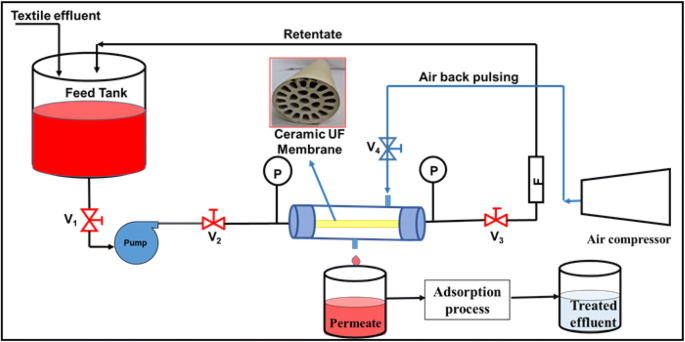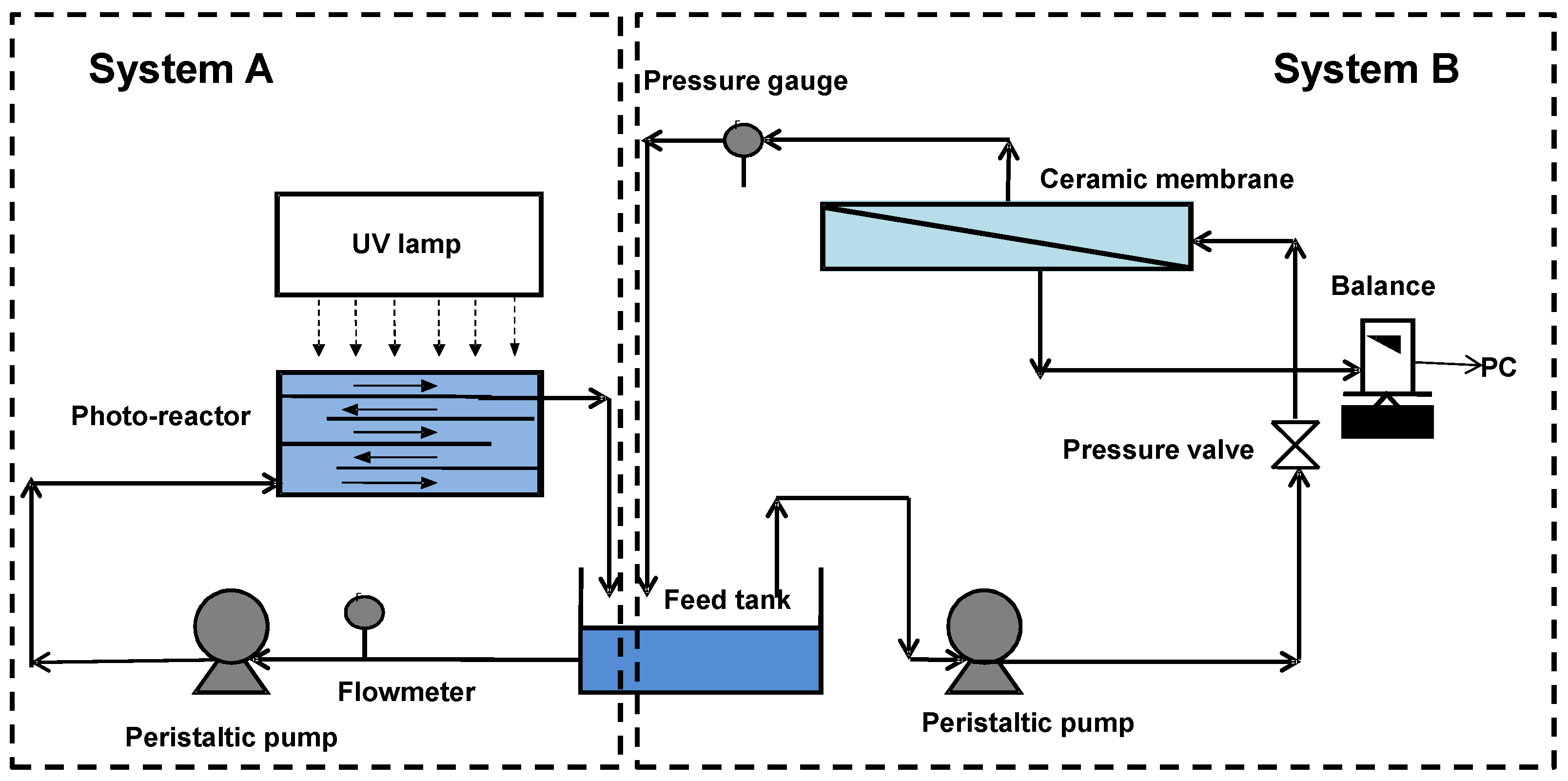Ceramic Membranes In Wastewater Distillation

Common ceramic membranes including those made of alumina zirconia titania silica and zeolite are presented first where their advantages and disadvantages are compared and discussed.
Ceramic membranes in wastewater distillation. Grafting efficiency and hydrophobicity were evaluated by contact angle measurement atomic force microscopy scanning electron microscopy nitrogen adsorption desorption and liquid entry. Filtration behavior fouling and prevention mohammed wali hakami 1 abdullah alkhudhiri 2 sirhan al batty 1 myrto panagiota zacharof 3 jon maddy 3 and nidal hilal 4 1 chemical engineering technology department jubail industrial college jubail industrial city 31961 saudi arabia. Nowadays integrated microfiltration mf membrane systems treatment is becoming widely popular due to its feasibility process reliability commercial availability modularity relative insensitivity in case of wastewater of various industrial sources as well as raw water treatment and lower operating costs. With increasing concerns about the energy crisis and clean water shortage anaerobic membrane bioreactor anmbr treating wastewater is one of the promising technologies on account of energy production nutrients recovery potential and good quality of effluent even under unfavorable condition full scale 4 5 and pilot scale anmbrs 6 7 are already used in high.
Its application in wastewater treatment is emerging more and more but despite its great potential for the realization of zero liquid discharge systems many advances are still needed for its acceptance by industrial operators. The well thought out designed and implemented use of membranes can decrease capital. Wastewater and water treatment methods include both physical methods such as sedimentation and filtration membranes media filtration and chemical methods such as coagulation ph adjustments addition of anti scalants and acids 4 5 regardless of its domestic municipal or industrial origin wastewater is a serious environmental constraint that dictates effective treatment for its safe. To reduce the emission of radioactive waste water and reuse high value 10 b rich nuclear grade boric acid from a nuclear power plant a two step membrane process was proposed based on the combination of two types of ceramic membranes.
In this review article the key types of ceramic membranes that are applied in water and wastewater treatment are described and analysed. First a ceramic nanofiltration membrane was used to purify the boric acid by removing the nuclide. Membrane distillation md has been around since the 1960s but only recently it has been widely studied mainly for desalination. Membranes review ceramic microfiltration membranes in wastewater treatment.


















